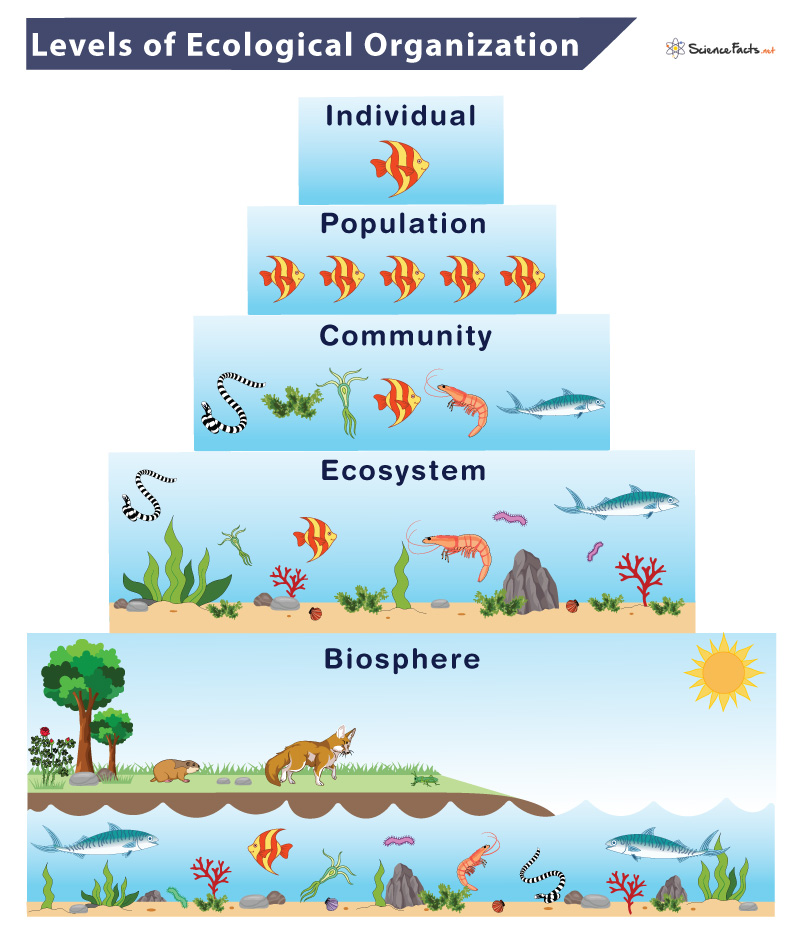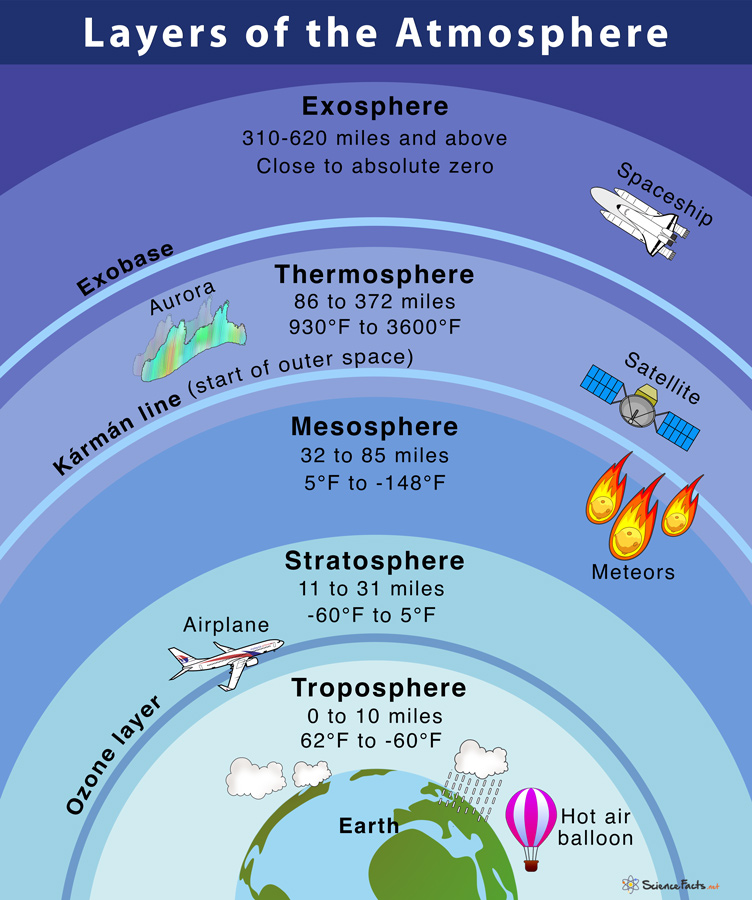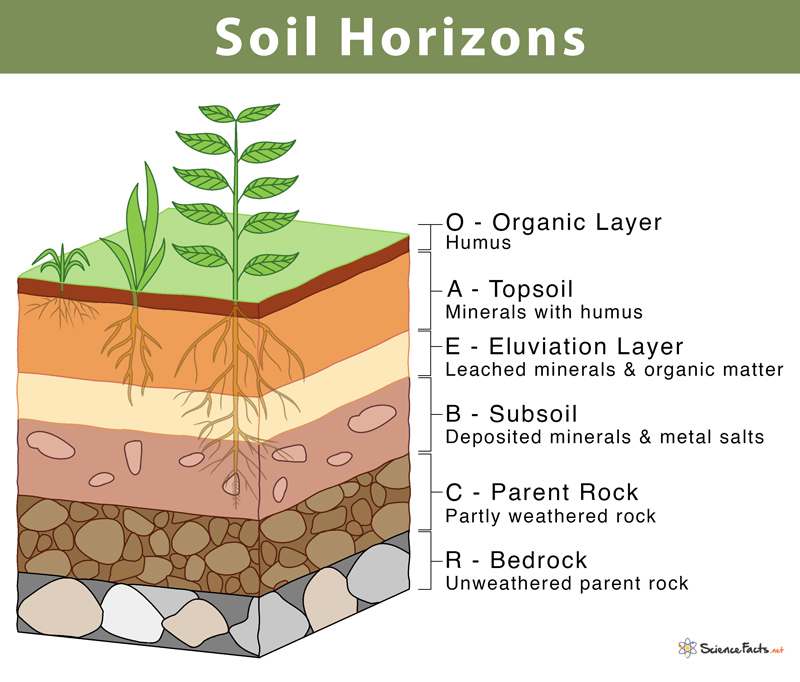Levels of Ecological Organization
The levels of organization in an ecological system refer to the different organizational hierarchies with their sizes that make up the ecosystem. There are five levels of organization in the ecosystem. They are arranged from smallest to largest in the following order:
1. Organism
It is the lowest level of organization in an ecosystem. An organism or individual is a single organism, plant, animal, or microorganism, such as bacteria and fungi, capable of independent existence, functioning independently, and can reproduce. Thus, an individual is the smallest component of the ecosystem and its building block.
Single human beings, a plant of any species, or an animal are individuals in an ecosystem.
2. Population
A population is a group of similar individuals, usually of a given species occupying a particular habitat at a particular time. This group consists of organisms that feed and move together and interbreed among themselves to reproduce. It is the second smallest of all the levels of organization in an ecosystem.
Populations can vary in size. For example, the total human population in the United States is different from that of India. Again, the population of palm trees in the Indian Ocean differs from that in the Pacific.
3. Community
A community includes populations of different species living together and sharing the same habitat in a given area.
Various factors determine the characteristics of a community. They are its role in the ecosystem, the range of its various populations, the geographic area where it resides, the diversity of the species, and the interactions between various populations.
Communities are of two types based on their size:
a. Minor Community
Minor communities are small in size, less organized and depend on other communities for their existence.
b. Major Community
Major communities are large and more complexly organized compared to minor communities. Unlike the minor communities, they are capable of independent existence.
4. Ecosystem
The term ‘ecosystem’ was introduced by A.G. Tansley in 1935. It is a functional unit of nature consisting of more than a community of living organisms (biotic factors) and their interaction with non-living ones (abiotic factors). Ecosystems can vary in size based on the scope of the study.
Broadly, there are two types of ecosystems in nature such as terrestrial and aquatic. Also, the ecosystem can be natural or artificial. The nature of organisms in an ecosystem depends on the environment in which they are found.
5. Biosphere
It is the highest and broadest level of ecological organization. A biosphere is the total of all the ecosystems on the planet Earth. Thus, it encompasses all living organisms and the part of the atmosphere involving oceans, mountaintops, trees, and others. The biosphere refers to the part of the Earth’s crust.
-
References
Article was last reviewed on Saturday, February 11, 2023






